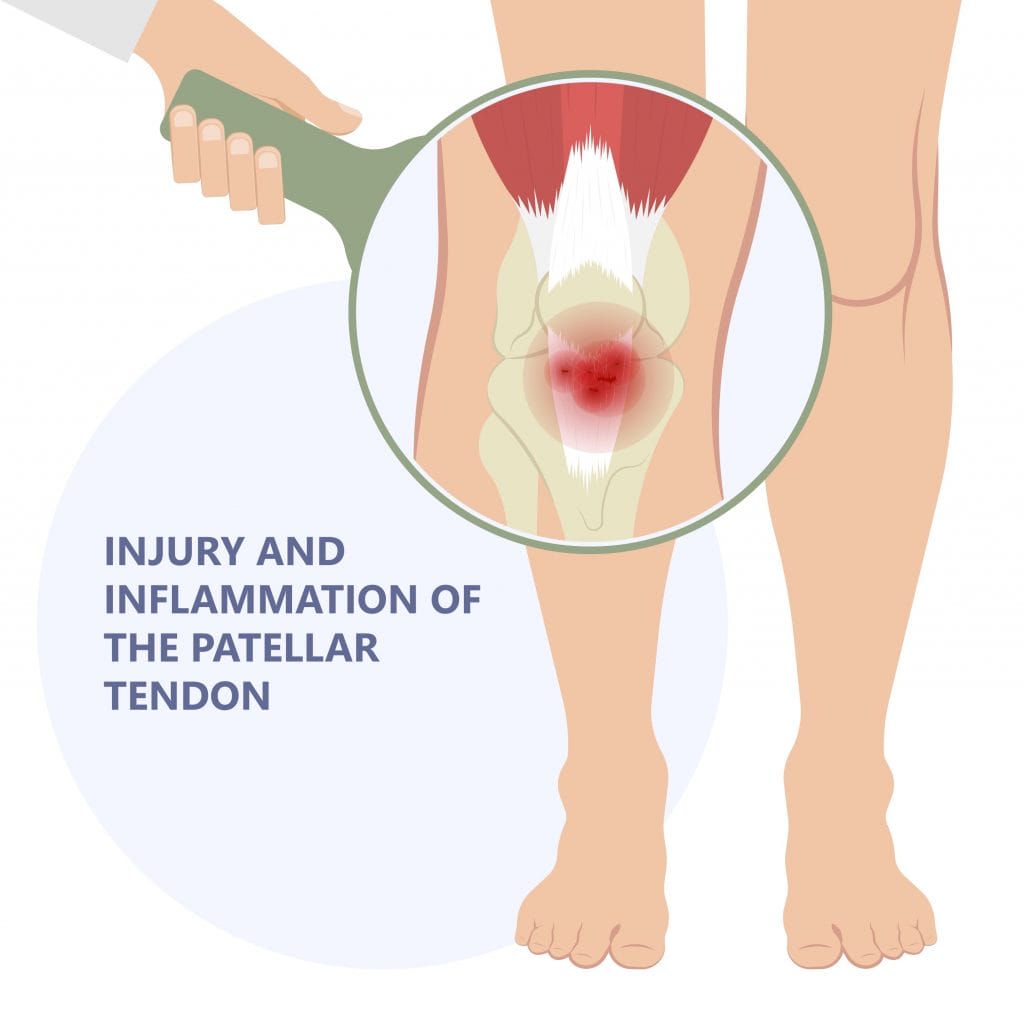Rikhi Anandsongkit and his team of physiotherapists give their expert advice on how to come out swinging.
Tennis is a dynamic and exciting sport to play individually, or as a pair. The game is challenging but it is also a great way to stay fit and healthy. However, like every sport, its repetitive actions can wear down your joints, muscles, and bones and cause short-term and long-term problems.
Fortunately, you can prevent most tennis injuries from ever happening by strengthening your body, warming up, and stretching appropriately, and ensuring your gear provides the support you need when you need it the most. Here are some common tennis injuries and how you can prevent them.
Rotator Cuff Injury
Those overhead serves and hard smashes can put a lot of pressure on your rotator cuff, and this can impact your shoulder quite badly. If you suddenly swing your arm with great force, you can severely strain it.
To prevent this from happening, you need to do some work off the court and in the gym. Strengthening your shoulder stabiliser muscles with a couple of target exercises will give it the strength and endurance to support your overhead swings, but make sure to start with low weights and progress slowly. Another thing you need to keep in mind is to warm up your shoulder properly before starting your game.
Wrist Tendonitis
This is when your wrist tendons experience severe inflammation, which causes a lot of pain. This is because of immense pressure on your tendons due to excessive motion and force.
Here is where you need to find a racquet or grip that is good for you. Work with a tennis coach when you start out, to get the best technique to reduce strain on your wrist and transfer force more effectively across your arm. They will also help you select the best grip and racquet for you.
If you are still suffering from wrist tendonitis, you will need to stop playing for a few weeks and let the inflammation reduce. You can apply cold therapy to your wrist in the first few days followed by heat therapy to speed up your recovery.
Tennis Elbow
One of the most common injuries in tennis is the inflammation of the tendons joining the forearm muscles to the outside of the elbow. This is similar to wrist tendonitis and is often called ‘Tennis Elbow.’
Again, this has a lot to do with technique and your racquet, but it can also be due to overplaying. Apply cold therapy in the first few days. To do this, you need to ice the affected area for up to 20 minutes a few times a day (be sure to wrap the ice before applying it to your skin). You also need to rest and avoid straining your elbow. Wearing a compression sleeve will help speed up the recovery process. This is a helpful way to speed up your recovery in the first few days of your injury.
Jumper’s Knee and Ankle Sprain
These two lower body injuries are the most common ones on the tennis court. Ankle sprains can occur if you suddenly roll your ankle while sprinting and that’s why you need good tennis shoes with a wide outsole and some ankle support. Wearing supportive socks will help even further and doing some mobility drills and warming up dynamically will help prepare your ankle.
‘Jumper’s knee’ is due to jumping and sprinting on hard surfaces, such as outdoor tennis courts, which leads to microscopic tears or strain on your patellar tendon under your knees. If you feel this, you should stop playing immediately. Overexertion of the patellar tendons can lead to serious ligament sprains and even more serious long-term injuries.
Once again, you’ll need to strengthen your patellar tendon slowly over a period of weeks through careful, targeted exercises. Once your tendon gets thicker and stronger, you won’t have a problem with longer sessions on the court.
Rikhi Anandsongkit is the owner of Form Physio and Rehab, a physiotherapy clinic that helps adults in Bangkok get back to doing the things they love without painkillers, injections, and surgeries.
Tel: 095-569-3298
Email: info@formphysiorehab.com
www.formphysiorehab.com








